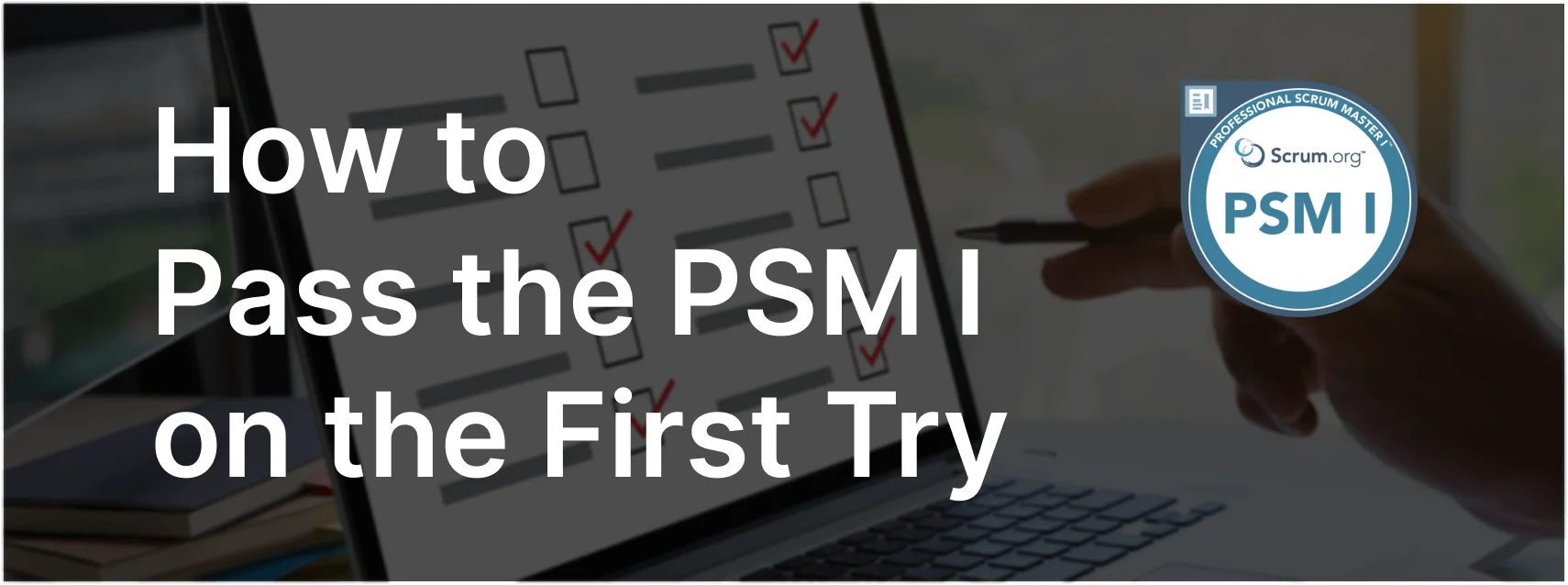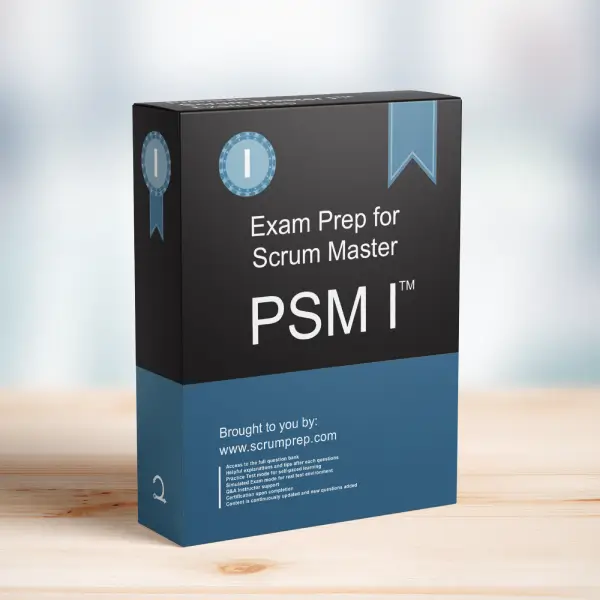In Scrum, effective communication and collaboration are vital, especially when the Developers encounter challenges in completing their forecasted work for the Sprint. One of the PSM I exam questions you might come across is:
Exam Question
When the Developers determine that they will not be able to finish the complete forecast, who should be present when reviewing and adjusting the Sprint work selected? (choose the best answer)
- A. The Product Owner and all stakeholders.
- B. The Product Owner and the Developers.
- C. The Scrum Master and the Developers.
- D. The Scrum Master, the project manager and the Developers.
Correct Answer:
B. The Product Owner and the Developers.
Let’s explore why this is the correct answer and the importance of these roles in Scrum.
Understanding Key Roles in Scrum
Scrum defines specific roles within a Scrum Team to ensure clarity and accountability. These roles include the Product Owner, Developers, and Scrum Master. Each role has distinct responsibilities that contribute to the success of the team and the product being developed.
Reviewing and Adjusting Sprint Work
When the Developers realize they cannot complete the forecasted work within the Sprint, it’s crucial to reassess and adjust the Sprint Backlog. This is where the collaboration between the Product Owner and the Developers becomes essential.
Why the Product Owner and Developers?
Product Owner (B):
The Product Owner is responsible for maximizing the value of the product resulting from the work of the Scrum Team. They manage the Product Backlog, ensuring it reflects the current needs and priorities of stakeholders. When the Developers need to review and adjust the Sprint work, the Product Owner’s presence is crucial for several reasons:
- Prioritization: The Product Owner can help re-prioritize the remaining work, ensuring the most valuable items are completed first.
- Decision-Making: They provide input on what can be deferred to future Sprints without compromising the overall product goals.
- Stakeholder Communication: The Product Owner can communicate any changes in the Sprint plan to stakeholders, maintaining transparency and managing expectations.
Developers:
The Developers are responsible for delivering a “Done” increment of the product during each Sprint. When adjusting the Sprint work, they:
- Assess Feasibility: Determine what is realistically achievable within the remaining Sprint time.
- Collaborate on Adjustments: Work with the Product Owner to adjust the Sprint Backlog, focusing on delivering the highest possible value.
Examining the Other Options
The Product Owner and all stakeholders (A):
Involving all stakeholders in reviewing and adjusting the Sprint work is impractical and could slow down the process. Stakeholders are typically kept informed through the Product Owner and do not participate directly in such adjustments.
The Scrum Master and the Developers (C):
While the Scrum Master facilitates the Scrum process and helps resolve impediments, they do not have the authority to make decisions about Sprint Backlog adjustments. This responsibility lies with the Product Owner and Developers.
The Scrum Master, the project manager, and the Developers (D):
Scrum does not recognize the role of a project manager within the Scrum Team. The inclusion of a project manager is not in line with Scrum practices, making this option incorrect.
Why This Matters for Your PSM I Exam
Understanding the roles and responsibilities within a Scrum Team is essential for effectively answering questions on the PSM I exam. Knowing who should be involved in reviewing and adjusting Sprint work demonstrates your grasp of Scrum principles and ensures you can apply them correctly in real-world scenarios.
Conclusion
In summary, when the Developers determine that they will not be able to finish the complete forecast, the correct individuals to review and adjust the Sprint work are the Product Owner and the Developers. This collaboration ensures that the highest priority items are completed, and the team remains aligned with the product goals.
For more detailed preparation and practice exams, check out PSM I Exam Prep to boost your confidence and knowledge as you embark on your Scrum journey.



